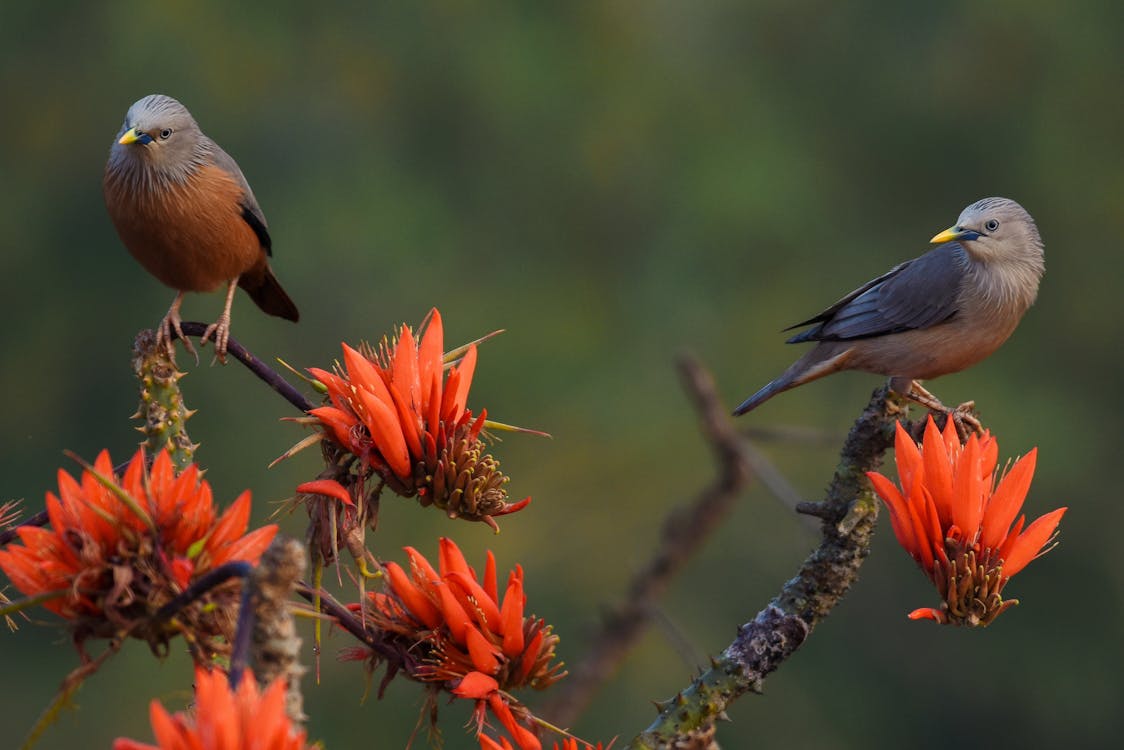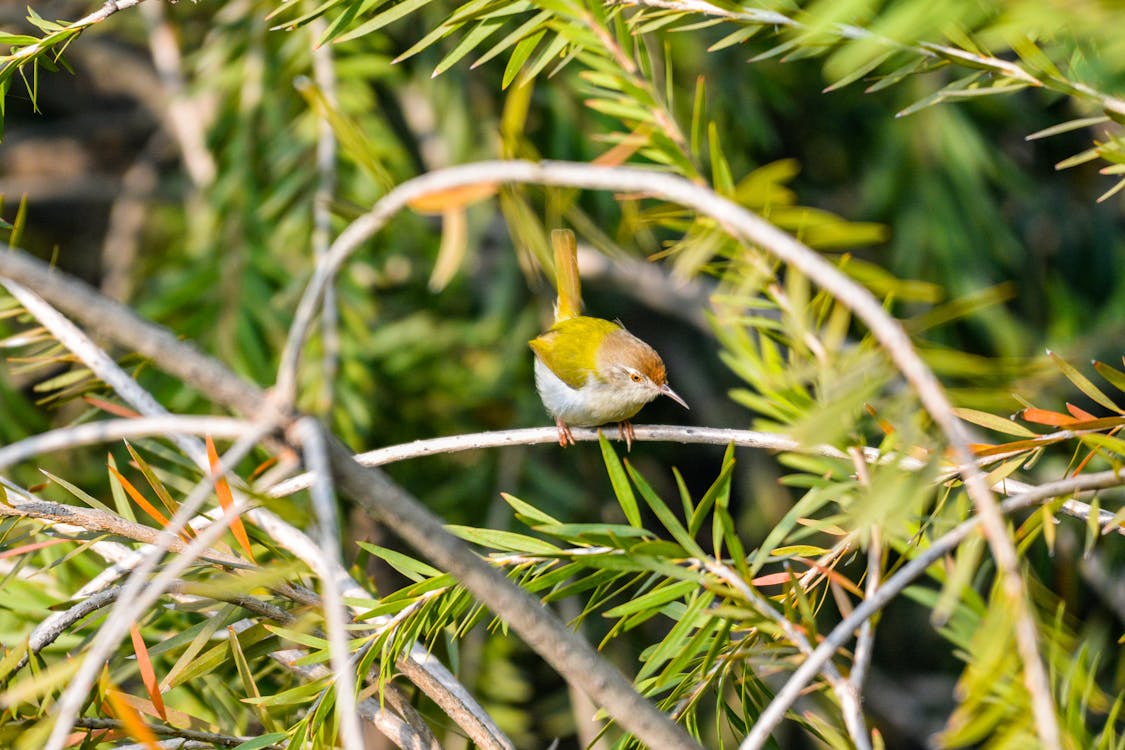In the world of plants and animals, life is a shifting landscape. In some places, the weather is hot and dry; in other places, it’s cool and wet. Sometimes the cycles overlap; sometimes they don’t. There are even some places where the two almost seem to go together—like in perfect harmony. Is this what we can assume for plants and animals? Read on to discover unbelievable natural adaptations of plants and animals.
The Soil-Bacteria Connection:

Humans and Plants Have a symbiotic relationship. When soil bacteria die, so too do plants.
Many plants and animals eat and grow on the soil, and some of them even live in the soil itself. So, if soil bacteria are beneficial, then why are plants getting in on the action? The answer is that soil bacteria can actually be used as a source of food. If you eat an entire plant, you’ll get a large supply of carbon in the form of organic matter. The amount of carbon in a plant depends on its growth stage; in the case of a plant with a low growth stage, you won’t get as much as in the form of nutrients.
The Mozambican Snake:
The “Snake” Is a Bacteria-Friendly Organism
Just as plants can benefit from bacteria in the soil, animals can also benefit from microorganisms in the soil. You’ve likely heard of beneficial insects and beneficial plants; both are beneficial organisms. A beneficial plant is one that helps with pollination and storage of seeds, and a beneficial animal is one that helps with digestion and absorption of nutrients.
The African Elephant:

A New Species Has Been Discovered
In the early 20th century, scientists discovered the unique African elephant species, which is the world’s largest land animal. The species is an extinct lineage of elephants that lived in Southern Africa from about 18,000 to 12,000 years ago.
The new species, which was named G1, is the first new species found in Africa since the end of the last Ice Age. It is also one of only a few new species discovered in this continent in the last 80 years.
The Sumatran Tiger: A New Species Has Been Discovered
In the late 1980s, a team of scientists discovered a new species of tiger in South Sulawesi, Indonesia. The species, known as the “new tiger”, is the largest of all extant Asian tursors and the third species discovered in the country in the last 20 years.
The new species is the only tropical species of tropical tiger to be discovered in the last 40 years.
Holographic Universe: We Can Now See Into the Future

In the future, we can perhaps expect to see a number of species of plants and animals evolve into a new species as they move away from the current stage of vegetation. The process can be funnelled: plants and animals that are too saprobic or too energy-poor to grow in the present will go extinct as they move away from the current stage of life; while those that are able to grow in the future and survive in high amounts will be able to take up residence in a new niche.
- The process is particularly damaging to plants and animals that are highly adaptable, and that can shift from a high-latitude location to a low-latitude location very quickly. For example, plants can lose some of their early-season growth when they move from the Tropical Forest to the Aru Valley in western Sumatra, Indonesia; this may reduce the amount of nitrogen in the air and water as well as lead to reduced plant growth and water flow.
What Are These Animals Up To?
As we’ve already mentioned, different animals and plants can benefit from each other in various ways. For example, certain plants may provide more water than others, and vice versa, so a balance may have to exist between two or three different species. This entire cycle of life is incredibly stressful for both the host and the host– Gardenia and other evergreens in the Putro Valley of central South America can beITNESS to history: they’re providing vital water to the world’s tropical forests as they shift from drier weather to more humid conditions and serve as a source of water and nutrients to the forests as a whole.
Conclusion
We are, of course, only concerned with the most common examples of plant and animal symbiosis, though there are other types of relationships that may not be so obvious. These include mutualism and partnerships, where one species plays a few roles in the ecosystem while being a key contributor to the balance of the whole.
- Nowadays, it isn’t uncommon to see a couple of species of plants or animals interacting in a significant way. This is, after all, what life is about: finding new ways to benefit from one another.

